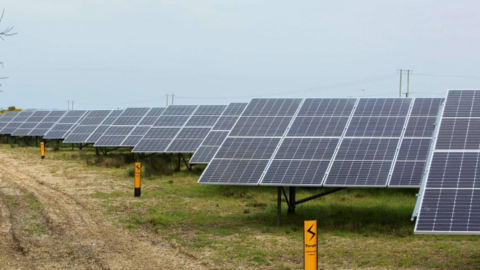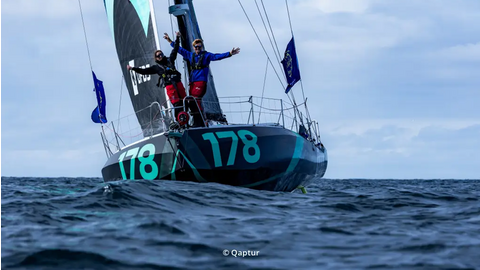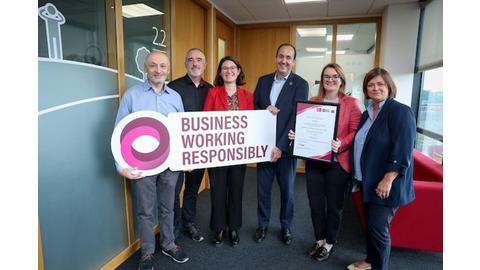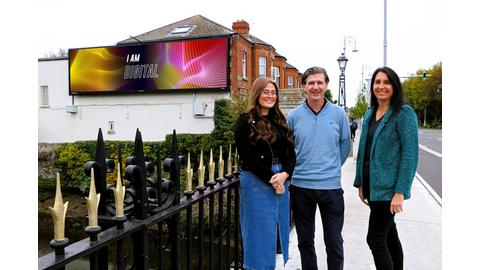Members
French energy firm begins operating its first three Irish solar farms

EDF says solar farms in Wexford and Kilkenny will ‘make a positive local contribution’
The Irish arm of French energy giant EDF has “energised” or commenced operating its first three solar farms in Ireland.
The three solar farms, located in Wexford and Kilkenny, have a combined capacity of 17 megawatts (MW), capable of powering the equivalent of 6,600 homes.
They are among the first utility-scale solar farms to be developed under the Government’s Renewable Electricity Support Scheme (RESS) and connected to the national grid.
Curraghmartin solar farm is located in Carrigeen, Co Kilkenny, while Coolroe solar farm, in Ballycullane, and Blusheens solar farm, in Killinick, are both in Co Wexford.
The projects stem from EDF’s acquisition of Wexford Solar in 2020, which included eight projects in Ireland with more than 100MW of capacity.
“All three projects were successful in Ireland’s first RESS auction, enabling them to supply electricity at a pre-agreed price,” the company said.
In addition to the solar panels, sheep will continue to graze on the site, helping to control the growth of vegetation, and the three solar farms will together save more than 9,000 tonnes of CO₂ emissions each year, it noted.
Jenny Howard, head of development at EDF Renewables Ireland, said: “We’re very proud to have developed some of the first solar farms in Ireland. Solar energy has a crucial role to play in ensuring Ireland has a diverse, low-carbon energy mix and can safeguard its own supply of electricity.”
“These three projects mark another step towards achieving the Government’s target of 8GW of solar energy by 2030, and each will also make a positive local contribution, providing funding for community projects and initiatives via the Community Benefit Funds,” she said.
Stephen Wall, landowner at Curraghmartin solar farm in Kilkenny, said: “Developing solar is a win-win for farmers like myself and can really benefit the agriculture sector and farming communities. I receive rent in return for the panels, and can continue to graze sheep on the land, so the site is producing both food and renewable energy.”


